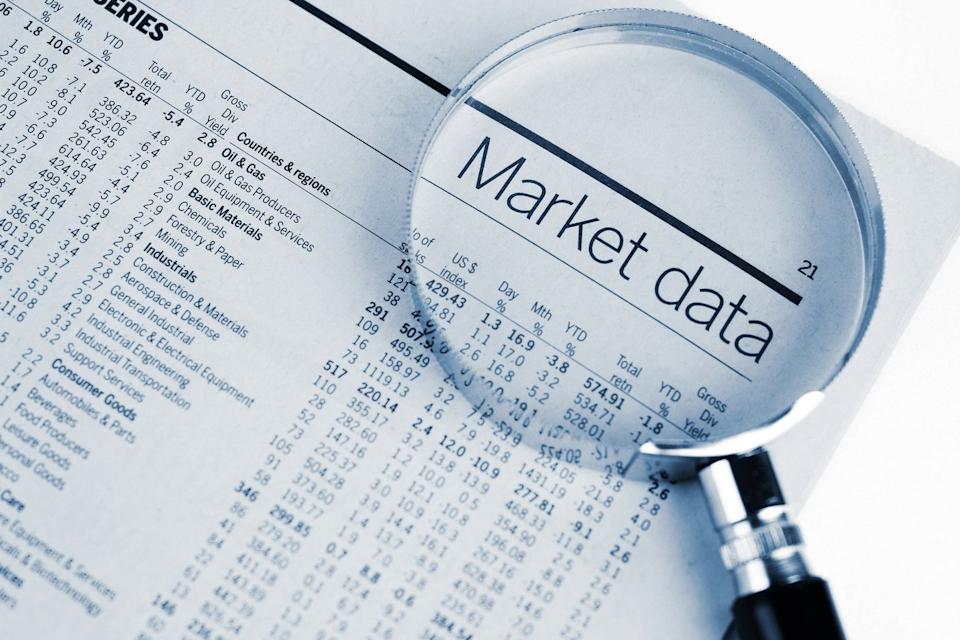Link copied
Dollar advances as investors brace for Iran response to US attacks.
foreign exchange :: 2025-06-23 :: source - reuters
By Ankur Banerjee and Lucy Raitano
 A U.S. Dollar banknote. REUTERS
A U.S. Dollar banknote. REUTERS
(Reuters) -The U.S. dollar firmed on Monday as nervy investors sought safety, although the restrained moves suggest markets were waiting for Iran's response to U.S. attacks on its nuclear sites that have exacerbated conflict in the Middle East.
Iran said on Monday that the U.S. attack on its nuclear sites expanded the range of legitimate targets for its armed forces and called U.S. President Donald Trump a "gambler" for joining Israel's military campaign against the Islamic Republic.
The major moves were in the oil market, with crude prices hitting a five-month high, before dipping to trade lower on the day.
The dollar firmed 1% against the yen and was last at 147.450, at its highest level since May 15.
Bank of America strategists said dollar/yen can reprice higher if oil prices remain elevated, noting Japan imports almost all of its petroleum, more than 90% of which comes from the Middle East, while the U.S. is largely energy-independent.
The euro fared better, just 0.2% lower at $1.14965 and unchanged after Euro area flash PMIs showed the region's economy flatlined for a second month in June.
Slightly improving UK flash PMIs also hit screens but didn't move the dial on sterling, which last fetched $1.34385, just 0.1% lower against the dollar.
Meanwhile, the Australian dollar, often seen as a risk proxy, hit a one-month low and was last 0.52% weaker at $0.64180, while the New Zealand dollar sank 0.68% to $0.5926.
That left the dollar index, which measures the U.S. currency against six other units, 0.15% higher at 99.065.
Carol Kong, currency strategist at Commonwealth Bank of Australia, said the markets are in wait-and-see mode on how Iran responds, with more worries about the positive inflationary impact of the conflict than the negative economic impact.
"The currency markets will be at the mercy of comments and actions from the Iranian, Israeli and U.S. governments," Kong said. "The risks are clearly skewed to further upside in the safe haven currencies if the parties escalate the conflict."
Iran vowed to defend itself a day after the U.S. dropped 30,000-pound bunker-buster bombs onto the mountain above Iran's Fordow nuclear site. American leaders urged Tehran to stand down while pockets of anti-war protests emerged in U.S. cities.
In a step towards what is widely seen as Iran's most effective threat to hurt the West, its parliament approved a move to close the Strait of Hormuz. Nearly a quarter of global oil shipments pass through the narrow waters that Iran shares with Oman and the United Arab Emirates.
While the dollar has reprised its role as a safe haven due to the rapid spike in geopolitical risks, the relatively muted moves suggest investors remain wary of going all in on the greenback.
The U.S. currency has dropped 8.6% this year against its major rivals as economic uncertainty from President Donald Trump's tariffs and concern over their impact on U.S. growth led investors to scurry for alternatives.
Markets are also looking ahead to Fed Chair Jerome Powell’s semi-annual testimony to Congress.
"In a sharply divided political landscape, Powell is expected to underscore the Fed’s independence and reiterate that any rate decision will remain firmly data-dependent," George Vessey, lead FX and macro strategist at Convera, said.
Elsewhere bitcoin was up 2.4% in early trade after dropping about 4% on Sunday.
(Reporting by Ankur Banerjee in Singapore and Lucy Raitano in London; Editing by Christopher Cushing and Sam Holmes)
Reuters report
This week on Reuters
This week top market trends.
-
Japan’s yen is a compelling trade but comes at a cost
2025-07-03 :: foreign exchange :: reuters -
Silver Gains Ground on Gold With Jump to Highest Since 2012
2025-06-06 :: commodities :: bloomberg -
Investors eye Middle East tensions and the Fed's 'dot plot': What to know this week
2025-06-16 :: watchlist :: yahoo finance -
Japan to consider buying back some super-long government bonds, sources say
2025-06-09 :: treasuries & bonds :: reuters -
Disney stock upgraded by Jeffries 'for four primary reasons'
2025-06-30 :: stock :: yahoo finance
Recent global market news
-

Stock Market Turmoil Over Tariffs and Oil Prices: 60 Years of History Show What Happens Next
2025-06-24 :: :: motley fool -

German consumer sentiment dips in July due to rising savings appetite, finds GfK
2025-06-26 :: :: reuters



